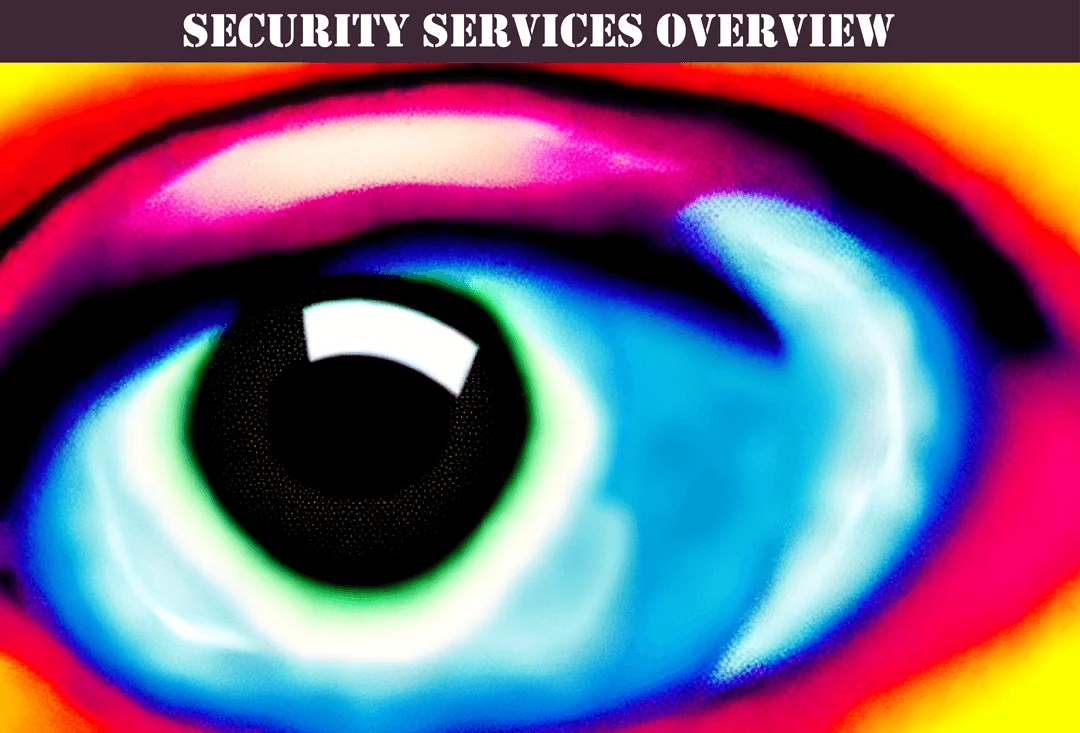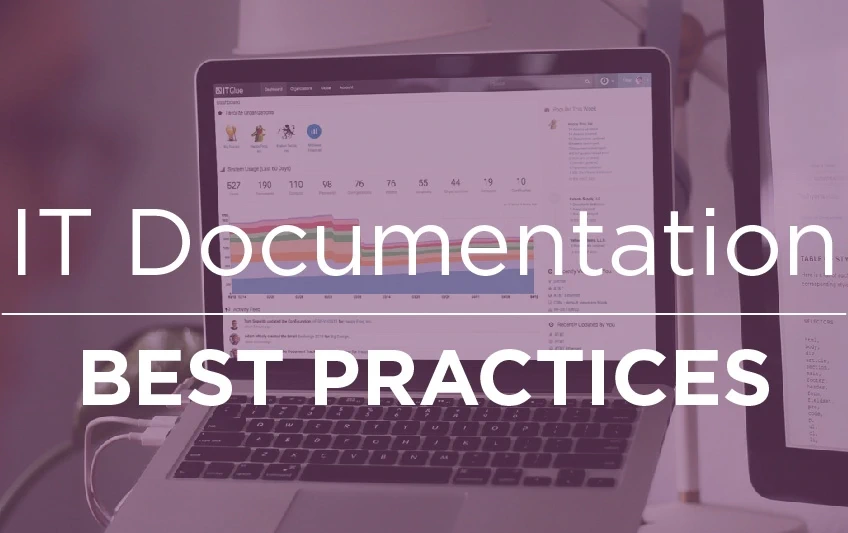Security Services Overview 2025

In today's digital age, businesses are increasingly relying on technology to run their operations efficiently. This reliance on technology also means that businesses are becoming more vulnerable to cyber threats, which can result in data breaches, financial loss, and reputational damage. As a result, Managed Service Providers (MSPs) are becoming increasingly popular as they offer a range of services to help businesses manage their IT infrastructure.
One critical aspect of MSPs is their security services, which are vital to ensure the safety of a company's data, systems, and networks. Security services for MSPs involve a range of techniques and tools to safeguard against cyber threats, including threat management, network security, data security, and identity and access management.
The importance of security services for MSPs cannot be overstated. As businesses continue to store sensitive data online, cybercriminals are continually developing new methods to exploit vulnerabilities. These threats can come from various sources, including malware, phishing, hacking, and insider threats. Therefore, MSPs must stay ahead of these threats by having robust security services in place.
In addition to offering security services, MSPs also provide documentation to their clients to ensure that they have a clear understanding of their security practices. This documentation can include security policies, risk assessments, incident response plans, and compliance reports. MSPs must be transparent with their clients and provide regular updates on their security practices to maintain trust and credibility.

1 Hour Consult $250
IT Glue Based Documentation
Concentrated 1 hour session of MSP documentation wisdom.
Count Me InIn North America, security services for MSPs are becoming increasingly critical as businesses face more complex cyber threats. In a recent report by Cybersecurity Ventures, the global cost of cybercrime is expected to reach $10.5 trillion by 2025. This staggering figure highlights the need for MSPs to provide robust security services to their clients.
In the next section, we will delve deeper into the fundamentals of security services for MSPs, including threat management, network security, data security, and identity and access management.
II. Fundamentals of Security Services for MSPs
As mentioned in the introduction, security services for MSPs involve various techniques and tools to safeguard against cyber threats. In this section, we will delve deeper into the fundamentals of security services for MSPs, including threat management, network security, data security, and identity and access management.
A. Threat Management
Threat management is the process of identifying and assessing risks and developing and implementing security policies to safeguard against them. The following are some of the critical components of threat management for MSPs:
- Risk Assessment: A risk assessment is an evaluation of potential risks and vulnerabilities to a company's IT infrastructure. MSPs must conduct regular risk assessments to identify areas of weakness and develop strategies to address them.
- Security Policies: MSPs must develop and implement security policies to safeguard against cyber threats. These policies should include password management, access control, data encryption, and incident response plans. Managed Services Provider Documentation should be made available to clients to ensure that they are aware of the policies in place.
- Security Audits and Assessments: MSPs should conduct regular security audits and assessments to ensure that their security policies are effective. These audits should evaluate the effectiveness of security measures and identify areas for improvement.
B. Network Security
Network security involves protecting a company's network infrastructure from unauthorized access, use, or disruption. The following are some of the critical components of network security for MSPs:
- Firewall Management: Firewalls are critical components of network security as they monitor and control incoming and outgoing network traffic. MSPs must manage firewalls effectively to ensure that they are blocking unauthorized access to the network.
- Intrusion Detection and Prevention: Intrusion detection and prevention systems (IDPS) are designed to identify and prevent unauthorized access to a network. MSPs must manage these systems effectively to ensure that they are detecting and blocking potential threats.
- Virtual Private Network (VPN) Management: VPNs provide secure remote access to a company's network infrastructure. MSPs must manage VPNs effectively to ensure that they are secure and that remote access is only granted to authorized users.
C. Data Security
Data security involves protecting a company's sensitive data from unauthorized access, use, or disclosure. The following are some of the critical components of data security for MSPs:
- Data Encryption: Data encryption is the process of converting data into an unreadable format to prevent unauthorized access. MSPs must ensure that sensitive data is encrypted to prevent data breaches.
- Data Backup and Recovery: MSPs must ensure that data is backed up regularly and that data recovery processes are in place in case of data loss.
- Data Loss Prevention (DLP): DLP is a set of tools and processes used to prevent the loss or theft of sensitive data. MSPs must manage DLP systems effectively to ensure that sensitive data is protected.

1 Hour Consult $250
IT Glue Based Strategies
Consistent Trustworthy Documentation Is The Last Competetive Advantage For MSPs.
FASTPASS HEREIdentity and Access Management Solutions
In today's digital world, it's crucial to secure access to sensitive information and critical systems. Identity and Access Management (IAM) solutions provide organizations with the ability to manage user access to sensitive data and systems while ensuring data privacy and protection. Here are some popular IAM solutions used by Managed Service Providers:
Microsoft Azure Active Directory (Azure AD)
Azure AD is a cloud-based identity and access management solution that provides a comprehensive set of identity services to manage users and groups. It enables multi-factor authentication and provides access control for applications and resources, ensuring secure access to data and systems. With Azure AD, MSPs can manage user access to their clients' resources and applications with ease.
Okta Identity Cloud
Okta Identity Cloud is an IAM solution that offers single sign-on, multi-factor authentication, and access management. It provides a unified platform to manage user identities, ensuring secure access to cloud-based and on-premises applications. Okta Identity Cloud allows MSPs to manage user access to their clients' resources and applications, providing complete control and visibility over user activity.
Duo Security
Duo Security provides a multi-factor authentication solution that ensures secure access to cloud-based and on-premises applications. It offers a user-friendly experience with quick and easy authentication options, such as push notifications and one-time passcodes. Duo Security's solution is cloud-based, making it easy for MSPs to manage user access to their clients' resources and applications.
LastPass Enterprise
LastPass Enterprise is a password management solution that ensures secure access to applications and resources. It offers single sign-on, multi-factor authentication, and password vaulting, providing a comprehensive solution to manage user identities. LastPass Enterprise makes it easy for MSPs to manage their clients' passwords, ensuring secure access to their resources.
The Importance of IAM Documentation
Managed Service Providers need to maintain proper documentation of their IAM policies and procedures to ensure effective identity and access management. IAM documentation provides a clear overview of the processes and procedures for managing user identities and access. It also ensures that MSPs can demonstrate compliance with industry standards and regulations, such as HIPAA and GDPR.
IAM documentation should include:
- Identity and access policies and procedures
- User identity management processes
- Access control policies and procedures
- Multi-factor authentication policies and procedures
- Password management policies and procedures
Having proper IAM documentation is critical to effectively managing user access to sensitive data and systems. It enables MSPs to provide a secure environment for their clients, ensuring data privacy and protection.
In conclusion, security services for Managed Service Providers are critical for ensuring the security and protection of their clients' sensitive data and systems. The constantly evolving threat landscape necessitates the need for MSPs to implement advanced security solutions to prevent cyber-attacks.
Managed Service Providers must prioritize the security of their clients' systems and ensure they are using the latest security technologies to mitigate risks. This includes implementing firewalls, intrusion detection and prevention systems, security information and event management systems, and identity and access management solutions.
Moreover, MSPs must ensure that they have proper documentation of their security policies and procedures, including IAM documentation. This documentation enables MSPs to provide a secure environment for their clients, demonstrate compliance with industry standards and regulations, and effectively manage user access to sensitive data and systems.
By partnering with a Managed Service Provider that prioritizes security, businesses can ensure that their data and systems are protected from cyber threats. MSPs can provide a range of security services that can be tailored to each client's specific needs, enabling them to focus on their core business operations while leaving the security to the experts.
In today's digital age, security is not an option but a necessity. Managed Service Providers play a crucial role in providing businesses with the necessary security solutions to prevent cyber-attacks and protect their sensitive data and systems. With the right security solutions and proper documentation, MSPs can provide their clients with peace of mind and a secure environment to conduct their business operations.
FAQs
Here are some frequently asked questions related to security services for Managed Service Providers:
What are security services for Managed Service Providers?
Security services for Managed Service Providers (MSPs) refer to the various security solutions and technologies implemented by MSPs to protect their clients' sensitive data and systems from cyber-attacks. These security services may include firewall and intrusion detection and prevention systems, security information and event management solutions, and identity and access management solutions.
Why do MSPs need security services?
MSPs need security services to protect their clients' data and systems from cyber threats. The constantly evolving threat landscape requires MSPs to implement advanced security solutions to prevent cyber-attacks and provide a secure environment for their clients to conduct their business operations.
How do MSPs ensure the security of their clients' data and systems?
MSPs ensure the security of their clients' data and systems by implementing various security solutions and technologies, including firewalls, intrusion detection and prevention systems, security information and event management solutions, and identity and access management solutions. MSPs also prioritize the documentation of their security policies and procedures to ensure compliance with industry standards and regulations.
What is identity and access management (IAM)?
Identity and access management (IAM) refers to the processes and technologies used by MSPs to manage user access to their clients' data and systems. IAM solutions enable MSPs to control user access to sensitive data and systems, ensuring that only authorized users can access them.
How do MSPs implement IAM solutions?
MSPs implement IAM solutions by conducting a thorough assessment of their clients' access control needs and designing an IAM solution that aligns with their specific requirements. The implementation process may involve the configuration of access policies, the integration of authentication and authorization technologies, and the establishment of role-based access controls.

1 Hour Consult $250
IT Glue Based Strategies
Small Improvements In MSP Documentation Are Magnified. Get In Front Of The Pack Today.
FASTPASS HEREWhat are the benefits of partnering with a security-focused MSP?
Partnering with a security-focused MSP enables businesses to ensure the security and protection of their sensitive data and systems from cyber threats. MSPs can provide a range of security services that can be tailored to each client's specific needs, enabling them to focus on their core business operations while leaving the security to the experts.